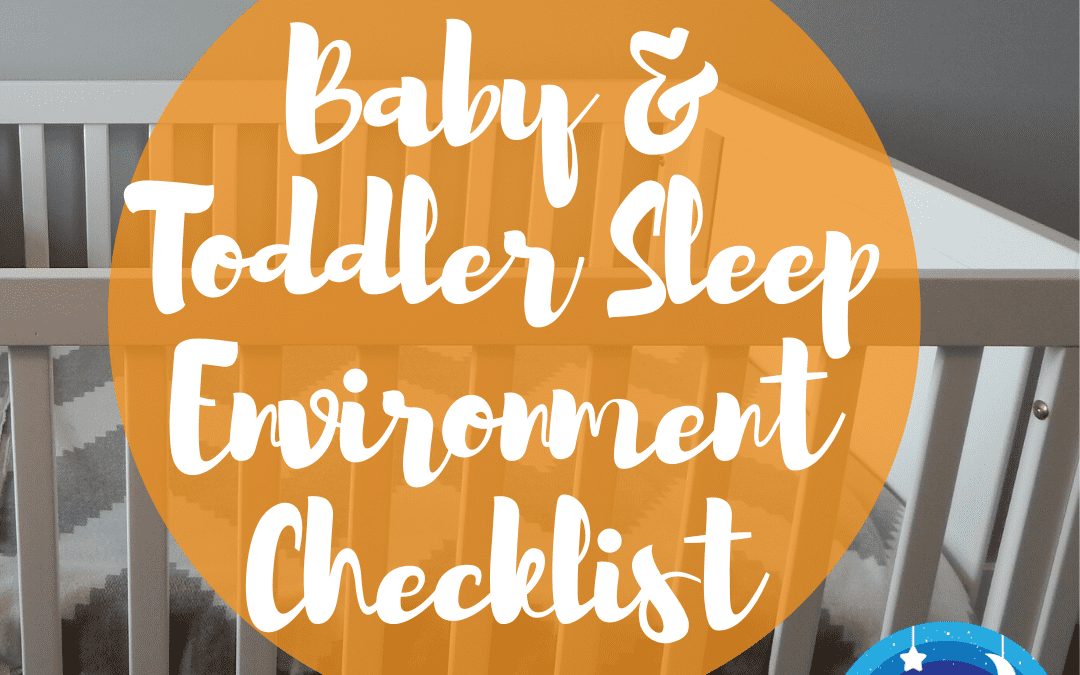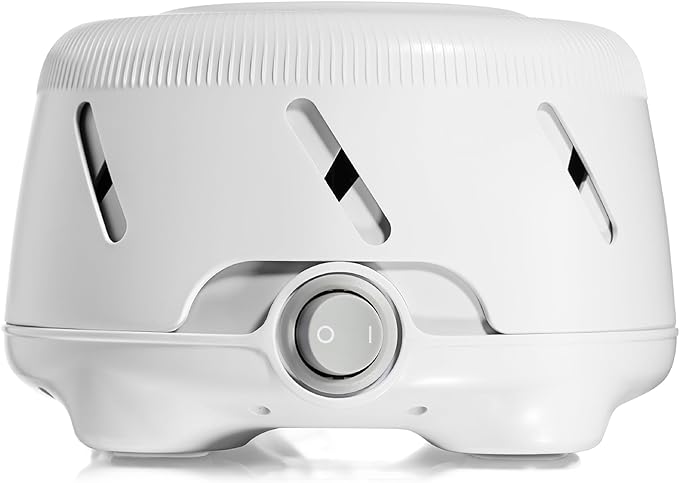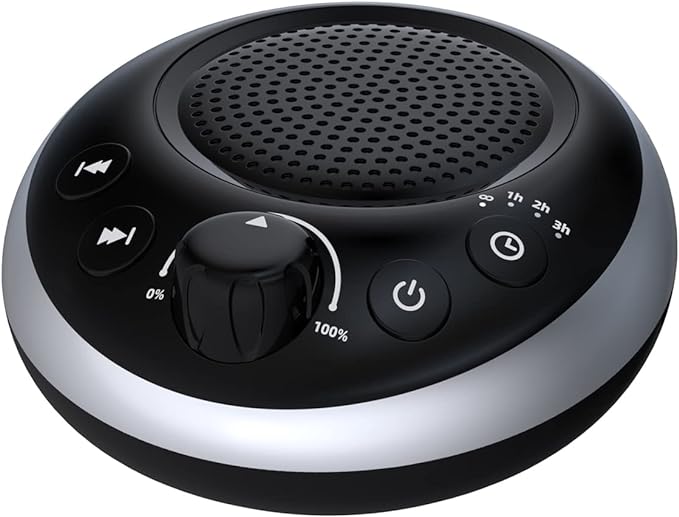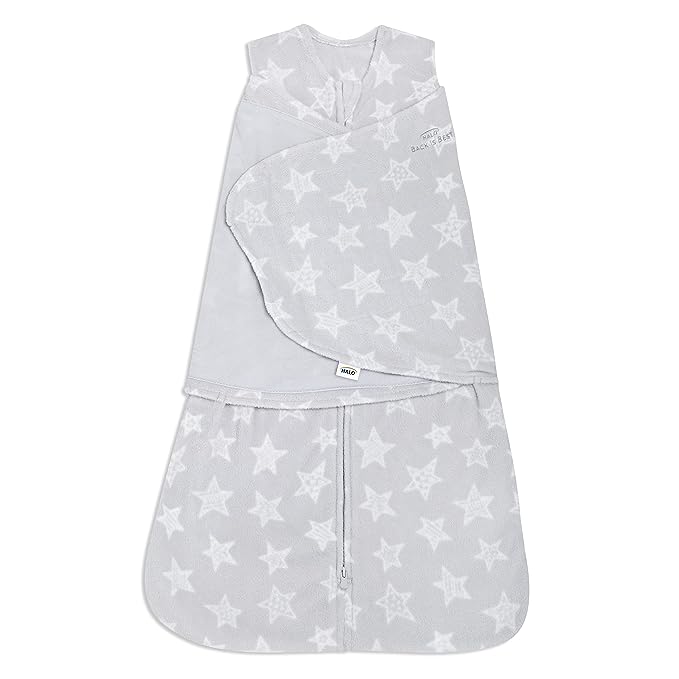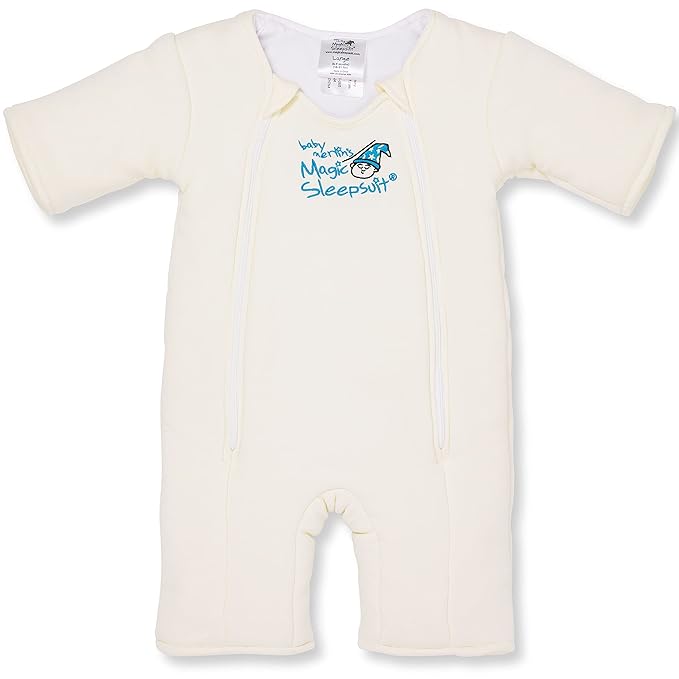When I was a new mom, planning for my baby’s room was a big deal. It was fun and anticipatory. It allowed me to get excited for the baby’s arrival AND connect with my other mom friends to ask their advice. However, one thing fell really short for me when I was considering the things to buy for my future baby…sleep promoting items.
Even though most of the advice I got was practical, no one really mentioned the items I would want to support my child to get the most possible sleep. Although my brother Peter was correct in his advice that parents only need three things (a great baby carrier, endless burp rags, and a case of Jameson), here are a few more things to add to your list.
When it comes to setting up your Baby or Toddler’s room, nursery or sleep environment, there are two major categories to consider:
1) Safety and 2) Sleep Promoting tools.
Click HERE to get a printable PDF of this list.
SAFETY ITEMS: As with all sleep support guidance, consult your pediatrician about any specific concerns about your child’s health. The checklist is for general informational purposes only and is not intended to constitute or substitute for medical advice.
Highlights of AAP SAFE SLEEP recommendations:
Do’s –
– Baby sleeps alone
– Lay baby on their back on a firm sleep surface
– Only linen in the crib is a fitted sheet
– Keep the room temperature in the 68-72°F (20-22°C) range
– Dress baby in no greater than one layer more than an adult would wear to be comfortable at the same temperature (note: swaddles count as a layer)
Don’ts –
– No soft bedding, blankets, bumpers, pillows, or soft toys
– Do not use home monitors or commercial devices, including wedges or positioners, marketed to reduce the risk of SIDS.
Visit The American Academy of Pediatrics website for a complete list of recommendations.
SLEEP PROMOTING TOOLS: These items help make the environment of your baby or toddler most conducive to longer periods of predictable sleep. Like everything in parenthood, we can’t force our children to sleep, but we can promote good habits and a great environment.
1) SOUND MACHINE: use one with a continuous womblike or white noise setting. Most sound machines have an “auto timer” that turns it off after a while, make sure yours can run all night.
2) BLACKOUT CURTAINS: these aid in darkening the room for day sleep and prevents the light from coming in that will rouse your child early with the sunrise or late sunsets. Keep crib VERY far away from curtains and drawstrings so they do not pose strangulation risk.
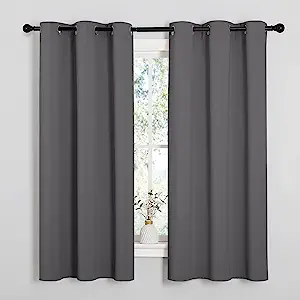
3) ABILITY TO WIND DOWN IN THEIR ROOM: a rocking chair, chair or loveseat for final feeds and night time routines such as reading books, singing, etc.
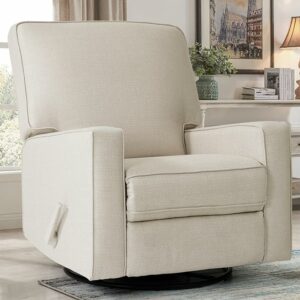
4) LOVIES/PACIFIERS: depending on you child’s age (check with your pediatrician if your child is under one year old), a small lovie/lovey (stuffed animal or blanket) and/or pacifier can aid in self-soothing (your child’s ability to help themselves fall asleep and connect sleep cycles). To read more in depth about pacifiers, check out my blog on the topic.
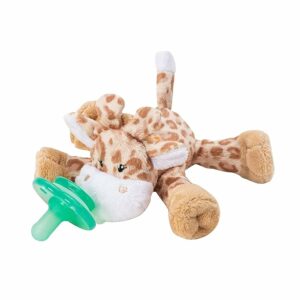
5) SWADDLES: depending on your child age, and gross motor development, a full swaddle (arms in), arms out swaddle (just swaddling the torso), a Merlin suit or sleep sac. Once your child is rolling over (or attempting it) it is recommended to leave arms unswaddled, for their safety.
6) BABY MONITOR: I like the simpler ones better. A black and white video monitor that transmits from a single camera (wifi not necessary) is enough to see and hear your baby. Make sure cords are VERY far away from the crib, so it does not become a strangulation risk. 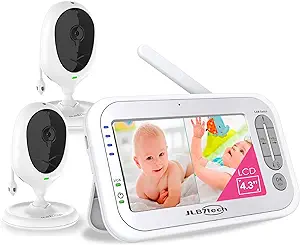
7) OVERNIGHT DIAPERS: I have no clue why overnight diapers only start at Size 3, but these high capacity versions are a life saver when your babe starts sleeping longer stretches. Overflowing diapers can lead to a disruptive sheet change in the middle of the night. I recommend removing that element whenever possible.
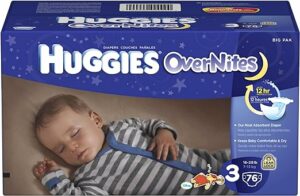
As always, if you have questions or comments, email me at sarah@throughthenightmethod.com
Sweet dreams!
Sarah

